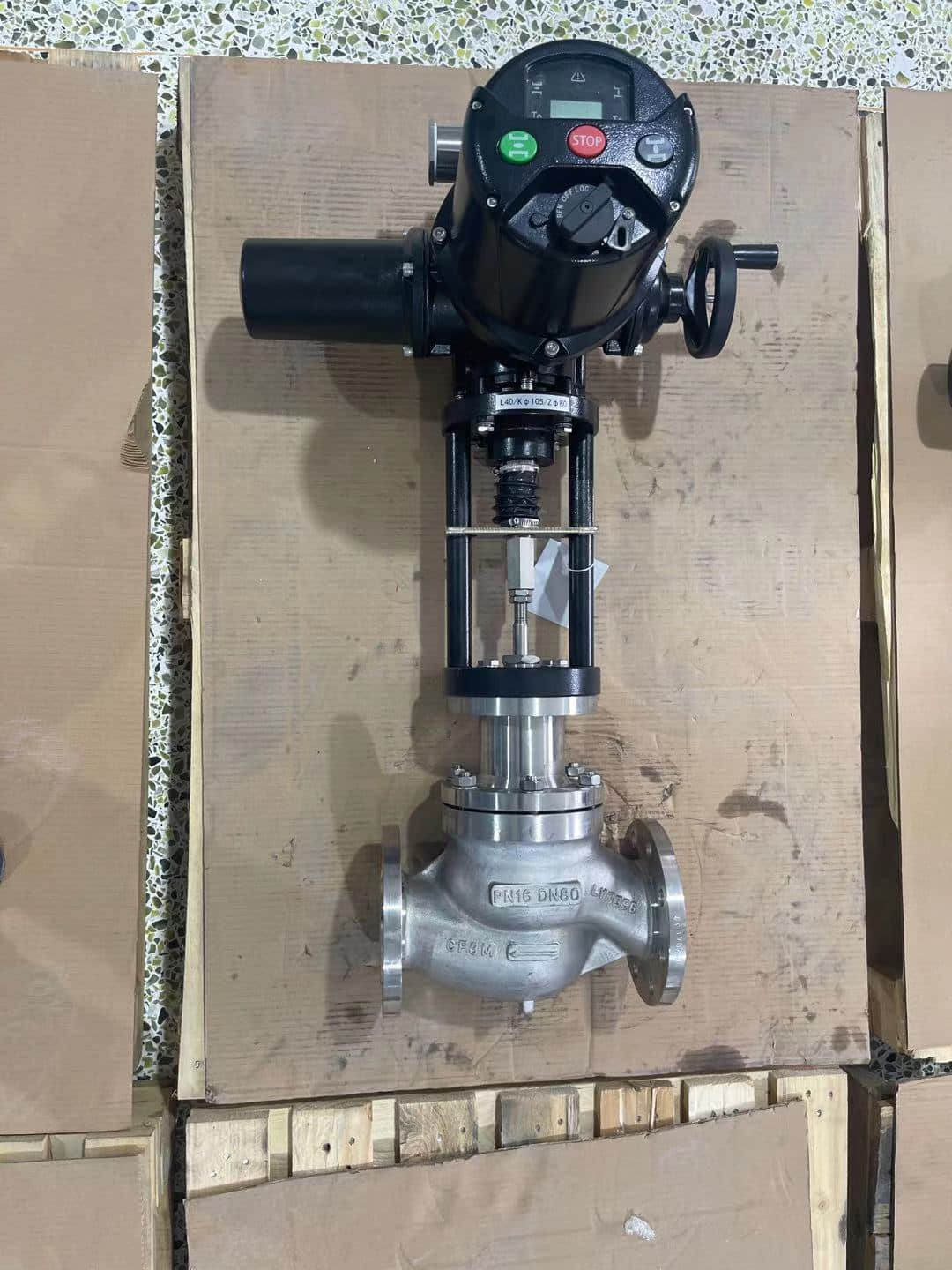understanding the electric two-seat regulating valve: functionality and applications
Release time:2024-12-05 05:34:15
Electric two-seat regulating valves are critical components in various industrial applications, enabling precise control over fluid flow. Their design and operation are essential for ensuring optimal performance in systems that require accurate regulation of temperature, pressure, and flow rates. This article delves into the functionality, advantages, and applications of electric two-seat regulating valves, highlighting their significance in modern industrial processes.

What is an Electric Two-Seat Regulating Valve? An electric two-seat regulating valve features two seating surfaces that provide a sealing mechanism when closed. This design allows for better flow control and reduced leakage compared to single-seat valves. The electric actuator, which powers the valve's movement, offers enhanced precision and responsiveness, making it ideal for automated systems where manual adjustments are impractical.
The operation of the electric two-seat regulating valve is straightforward. When the actuator receives a signal, it adjusts the position of the valve stem, which in turn opens or closes the valve. This movement regulates the flow of the fluid passing through the valve, ensuring that the desired flow rate or pressure is maintained.

